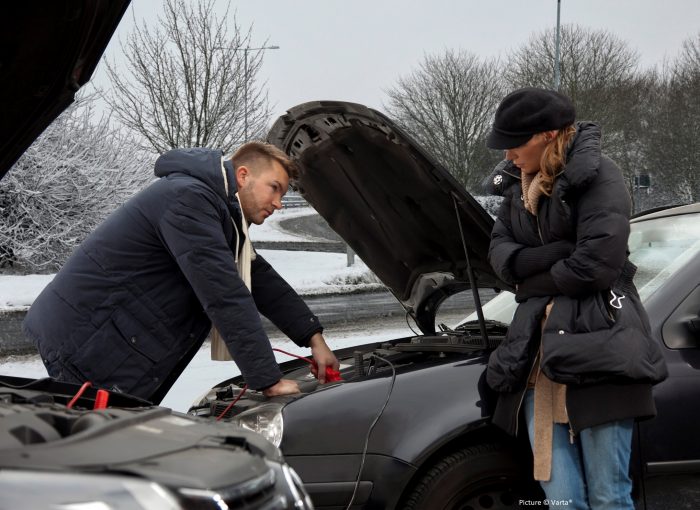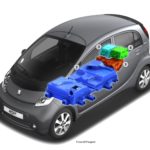How to jump start a car is one of those things that we’ve all heard of. Some of us may even have attempted it. And yet more of us will probably have to do it in the future. But not many people realise there’s a specific way to do it so that you don’t damage your car.
What is jump starting?
This is a process where you use the power from a healthy car’s battery to provide the dead car with sufficient charge to get its engine running. This should enable the dead car to charge its battery under its own steam.
Is it safe for your car?
First, make sure it’s alright to jump start your car. Some manufacturers don’t recommend it, saying the sudden surge of power can damage delicate engine management systems. Check in your car’s user manual.
Ensure it’s safe for you
Assuming there are no warnings against jump starting in the car’s user manual, your next task is to ensure no people come to harm during the process.
- Do not use anything other than proper jump leads that are in good condition
- Don’t jump start a battery that’s damaged or leaking
- The car you’re jump starting and the healthy car should be the same voltage – most are 12-volt
First steps
Find the battery in both cars. If it’s not immediately obvious, check the user manual. The battery may be in the boot. Then move the working car so that it’s close to the dead car but not touching it. Both cars should be safely parked, in neutral, with their parking brakes engaged.
Switch off everything that draws power from the battery on both cars. That means the lights, wipers, ventilation, sound system, touch screen and anything you might be charging.
Watch what you’re wearing
Look at what you’re wearing. Make sure you don’t have any metal such as jewellery, a watch strap or belt buckle that could touch a battery post. And check you don’t have any lose clothing that could get caught in an engine’s moving parts.

Making a connection
If you connect the jump leads in a random order, there’s a chance you could damage the car’s electrics with a power surge through the alternator. They must be connected in the following order:
- Connect the red lead to the + positive terminal of the dead car’s battery
- Fit the red lead to the + positive terminal of the working car’s battery
- Connect the black lead to the – negative terminal of the working car’s battery
- Attach the black lead to a piece of bare metal on the disabled car’s chassis or engine. This should be away from the battery and the fuel system if possible
Simon Smith from Shield Batteries explained: “You are combining the voltage of the two batteries so leave them connected for a few minutes before firing up the healthy car. This is so the working battery can charge the flat battery.”
Start ’em up
First of all fire up the working car’s engine. Then run it for at least three minutes. This will help to charge the dead car’s battery. When the time is up, try to start the dead car. The battery should have enough charge to turn the engine over. Then with both cars connected, run their engines at slightly more than idling speed (about 1200rpm) for about 10 minutes. This is to charge the dead car’s battery.
Disconnection is important too
When you’re confident that the previously dead car is now alive again, it’s time to separate the cars. First switch off the original working car. Then disconnect the leads as follows:
- Take the black lead off the ‘dead’ car
- Remove the black lead from the working car
- Disconnect the red lead from the working car
- Remove the red lead from the ‘dead’ car
You, or whoever owns the ‘dead’ car, should ideally take it for a 20-minute drive. This will fully charge the battery and the car should start on its own. At least that’s the theory. If it doesn’t you need to get in touch with a professional to find why the battery isn’t holding its charge.

I’ve been writing about cars and motoring for more than 25 years. My career started on a long-departed classic car weekly magazine called AutoClassic. I’ve since pitched up at Autosport, Auto Express, the News of the World, Sunday Times and most recently the Daily Telegraph. When I’m not writing about cars and motoring, I’m probably doing some kind of sport or working in my garden.







